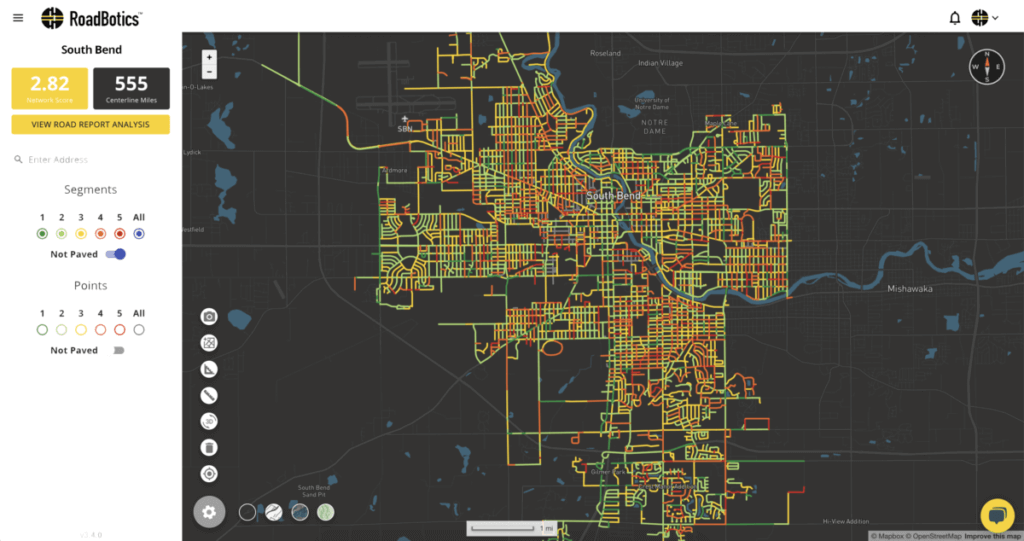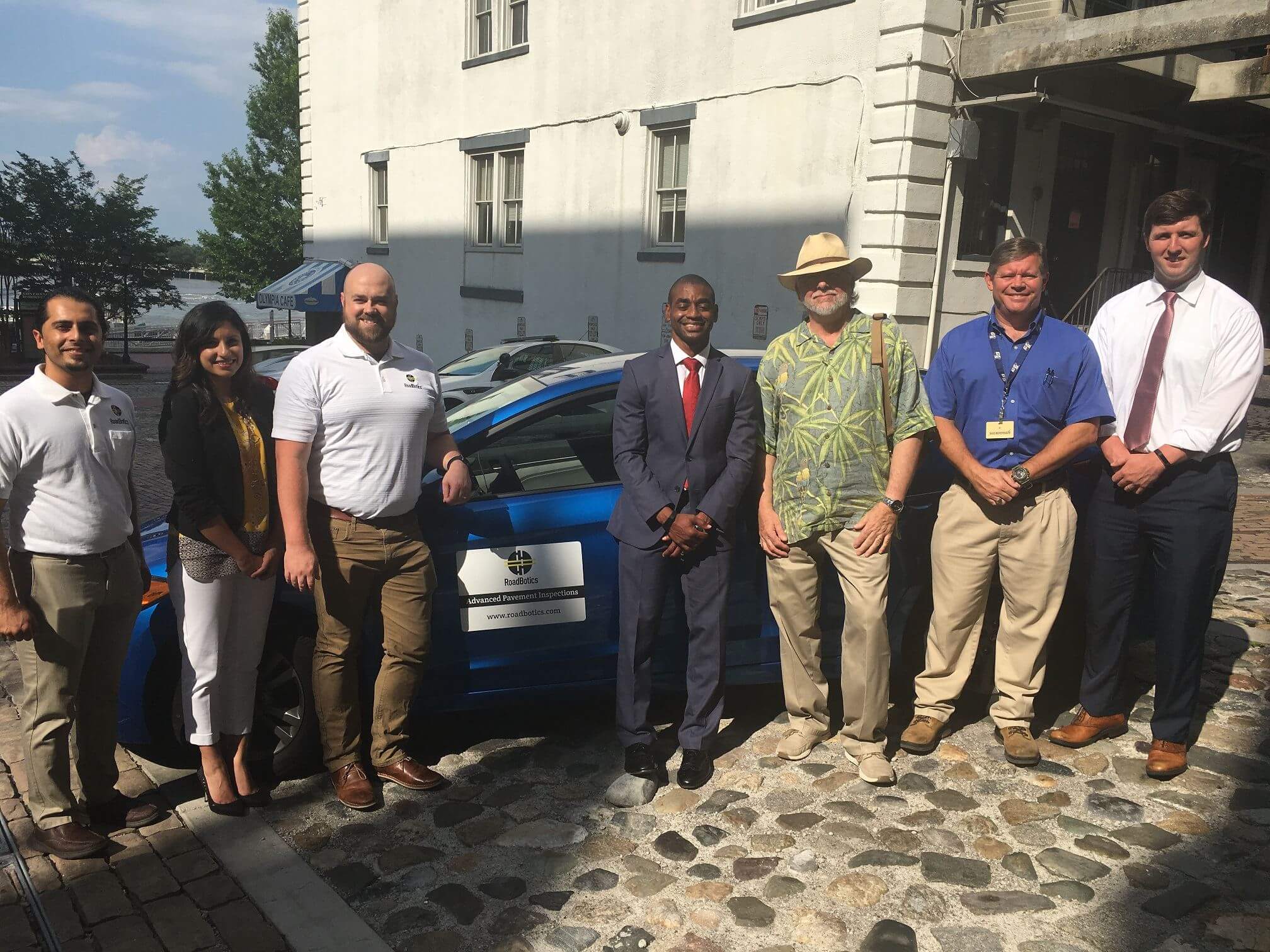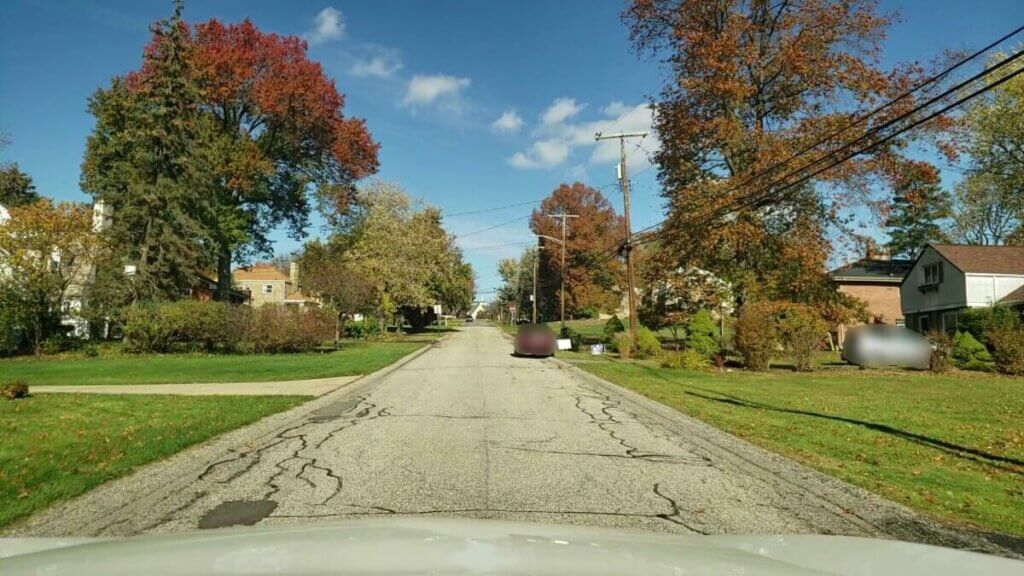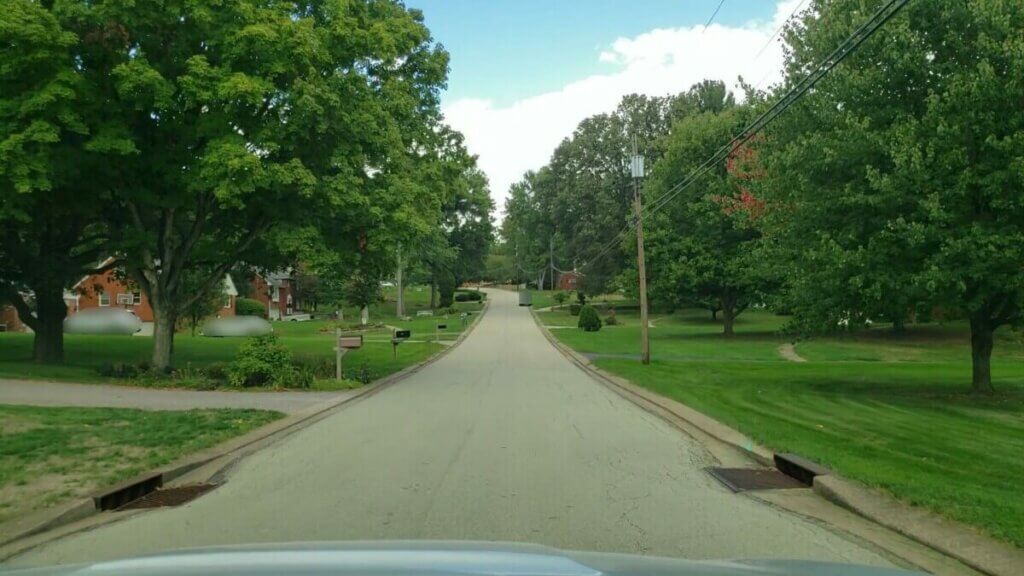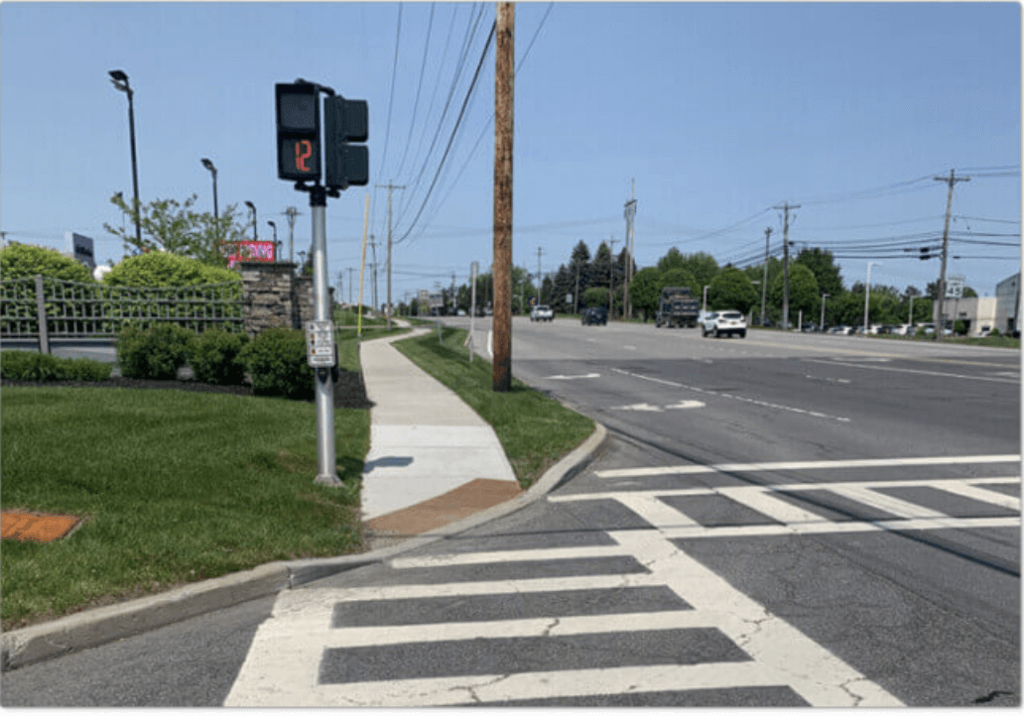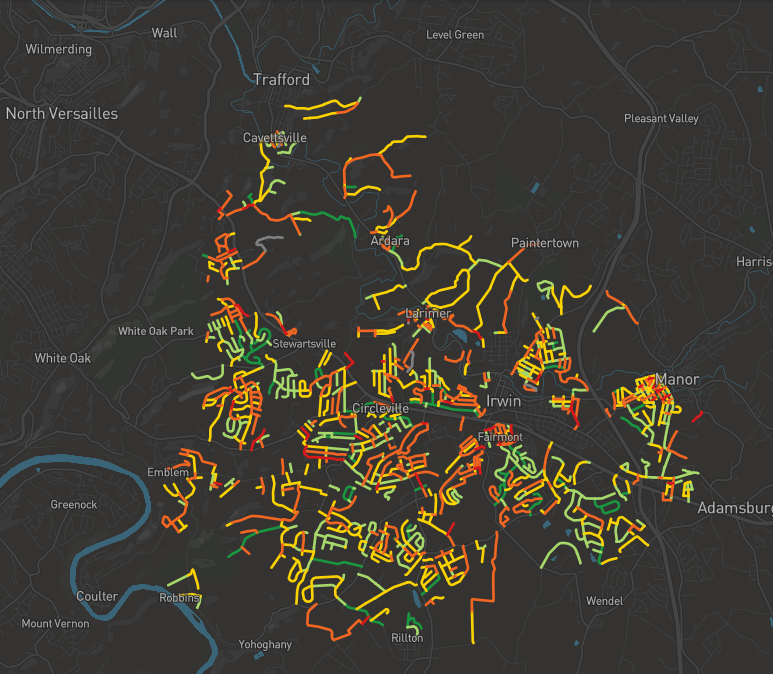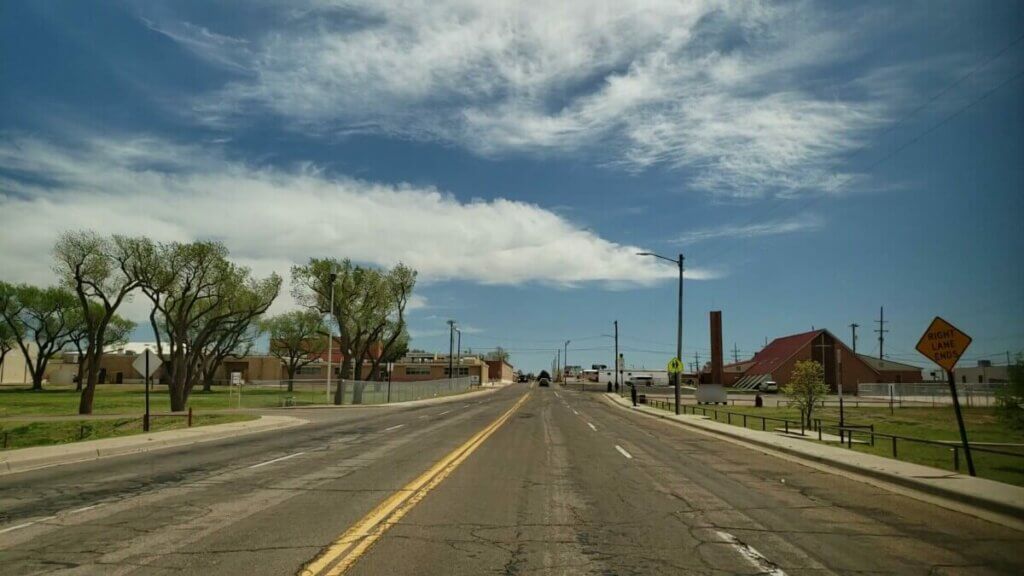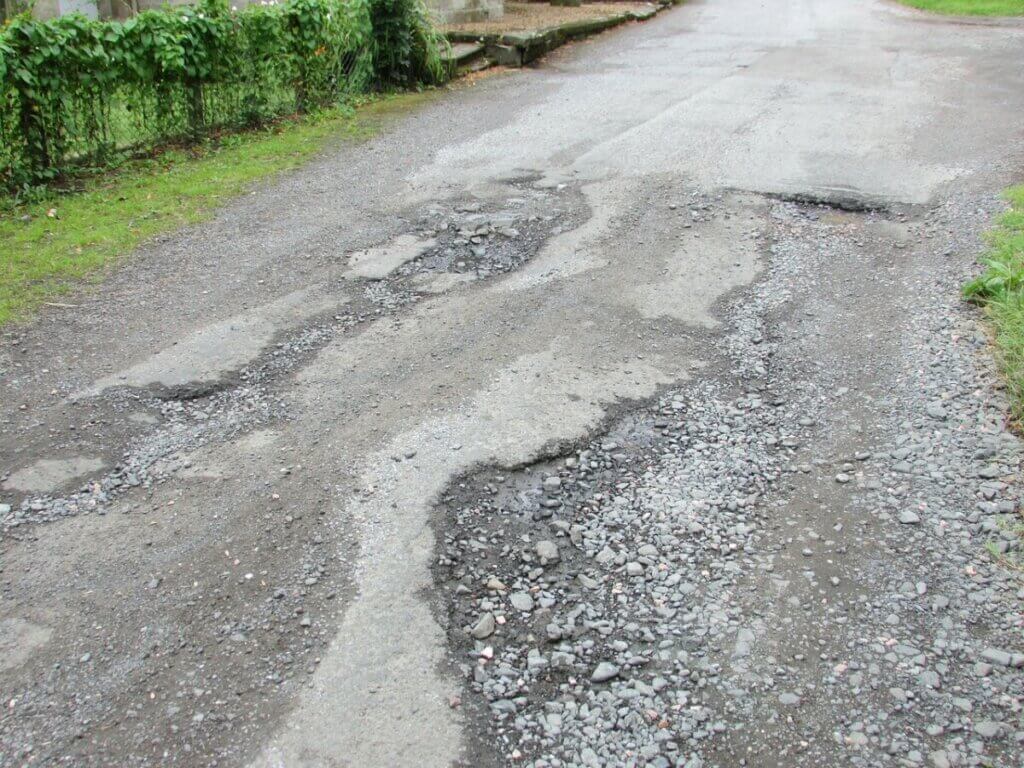
Can you believe this is the 10th anniversary of Infrastructure Week?
The historical passing of the Infrastructure Bill and the initial distribution of funds has set a new tone for rebuilding our country’s roads, bridges, and other vital assets.
At RoadBotics, we believe building better infrastructure starts with having objective, actionable data, and you can’t get to where you want to go without knowing your starting point.
To showcase how AI-powered mapping technology is supporting communities, we’ve rounded up 10 places across the country making data-driven decisions about their road networks and infrastructure assets thanks to RoadBotics!
“It’s a challenge to send one person out regularly to use their best judgment and determine the rating of the road conditions,” said Jason Dailey, Public Works Director of Cranberry Township. “You’re always allowing human error to influence the ratings.” – Jason Dailey, Former Public Works Director of Cranberry Township
“Our team spent a lot of time researching companies that could perform roadway evaluations. RoadBotics had everything we were looking for. Between the quick evaluation process, easy integration with our GIS data and excellent customer support, RoadBotics excelled at it all.” – Scott Kreeger, Project Engineer – City of South Bend, IN
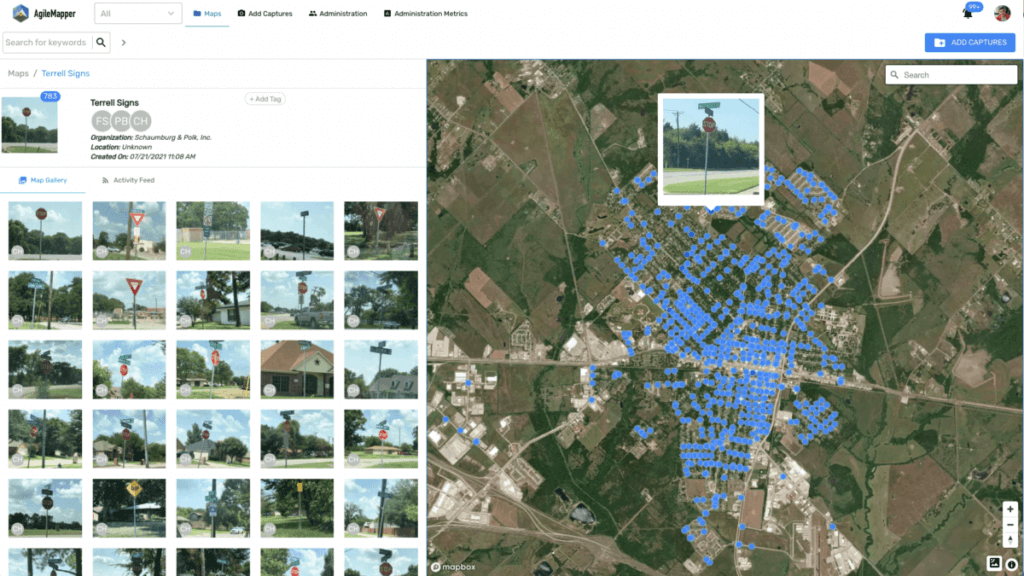
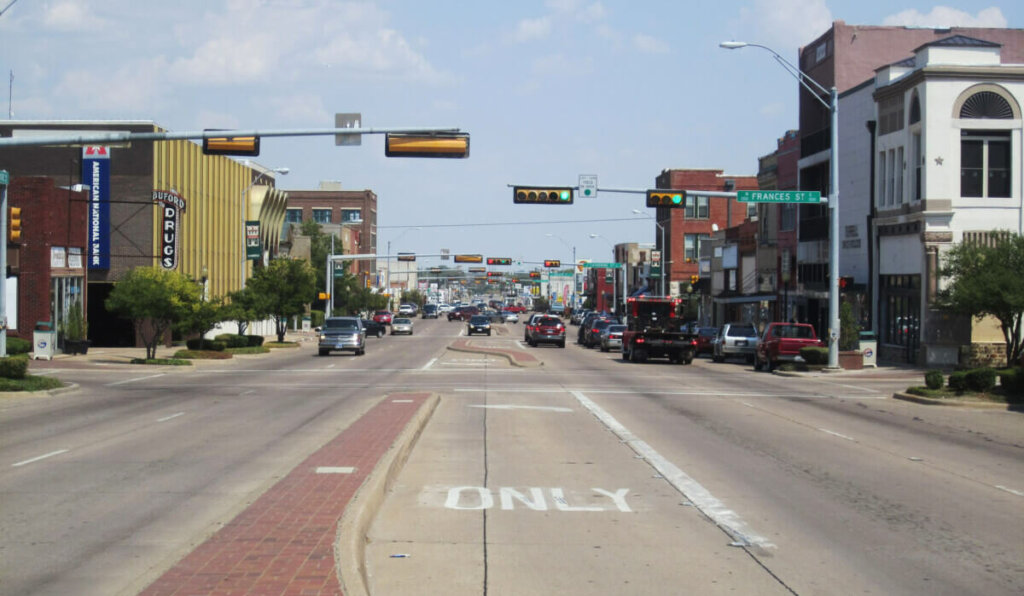
The City of Terrell was looking for a streamlined way to objectively record the assets’ location and condition so they could confidently allocate funds and plan for the future.
Using AgileMapper, SPI found that the City of Terrell’s traffic signs were in fair to poor condition. It is estimated that approximately 40% of signs would require replacement or remounting to bring the overall score to a good to excellent rating.
“This partnership with RoadBotics will allow us to better assess the overall condition of City roadways and increase the accuracy of the data collected. It ultimately allows us to be more effective in managing the replacement of our infrastructure. Our goal is to use our resources in the most efficient manner possible. RoadBotics helps us accomplish that goal by enhancing our ability to better plan and implement City-wide roadway replacement schedules”. – Heath Lloyd, Chief Infrastructure and Development Officer
“We’re very satisfied with the assessments and would 100% recommend RoadBotics to every municipality to help them with their road maintenance.” – Lou Lambros, Bethel Park Municipal Engineer
Peters Township was able to objectively determine and confirm the worst 25 miles of roads using RoadBotics 1 – 5 rating system, where 1 is dark green, representing the best roads, and 5 is red, noting the worst… The assessment provided objective feedback on their decisions, and the online platform allowed them to perform some aspects of their planning remotely.
New York State Department of Transportation (NYSDOT) developed a pilot project in 2020 to test alternative transportation asset management data collection and analysis Techniques.
For this project, JMT utilized RoadBotics’ AgileMapper platform. AgileMapper’s mapped visualization and custom tagging capabilities gave engineers the ability to easily view and organize close to 1,500 data points, plus have clear documentation of asset conditions.
“We want to make sure we’re looking at our paving program in a township perspective and not just by wards. With RoadBotics data, we can justify our paving program to our wards.” -Michael Turley Associate Township Manager, North Huntington Township
“RoadBotics has provided Dublin with simplistic, easily digestible pavement data..”- Robert J. Taylor, PE Director of Asset Management & Support Services
Prior to RoadBotics, public works crews would assess the condition of their 260-mile road network manually by closing down sections of it and performing a visual inspection.
The City of Clovis chose RoadBotics because of the simplicity of the 1-5 rating system, where 1 equates to ‘no or minor surface distress’ and 5 is ‘major surface damage and/or critical fatigue issues’.’ They also liked that the data could be easily interpreted and the color-coded assessment map could be shared with residents.
We hope you enjoyed our round up of 10 data-driven decisions! Continue learning how AI-powered mapping technology can support your community at our Infrastructure Week Web Event!
Sign up for the event happening Wednesday, May 18 at 2 PM EST!


